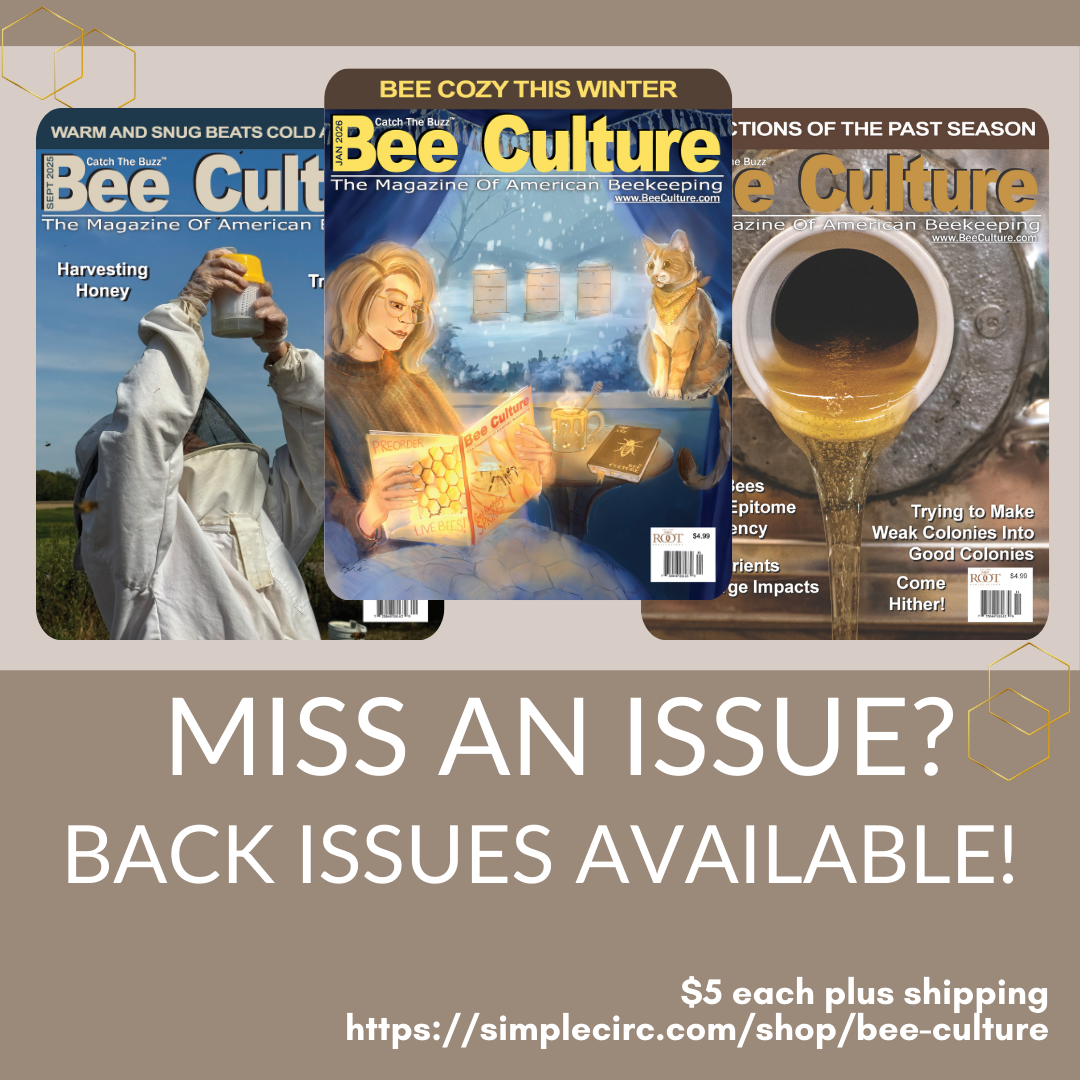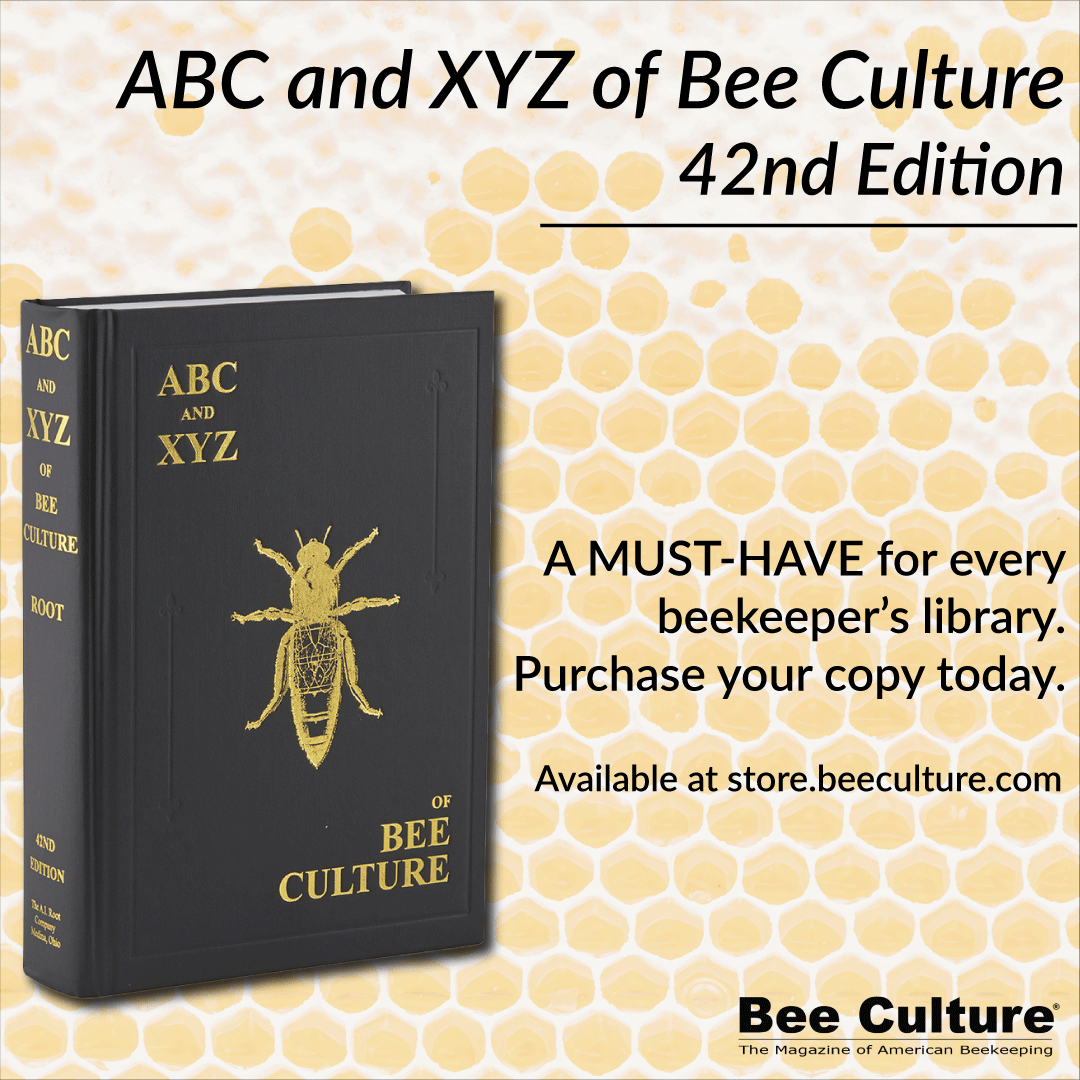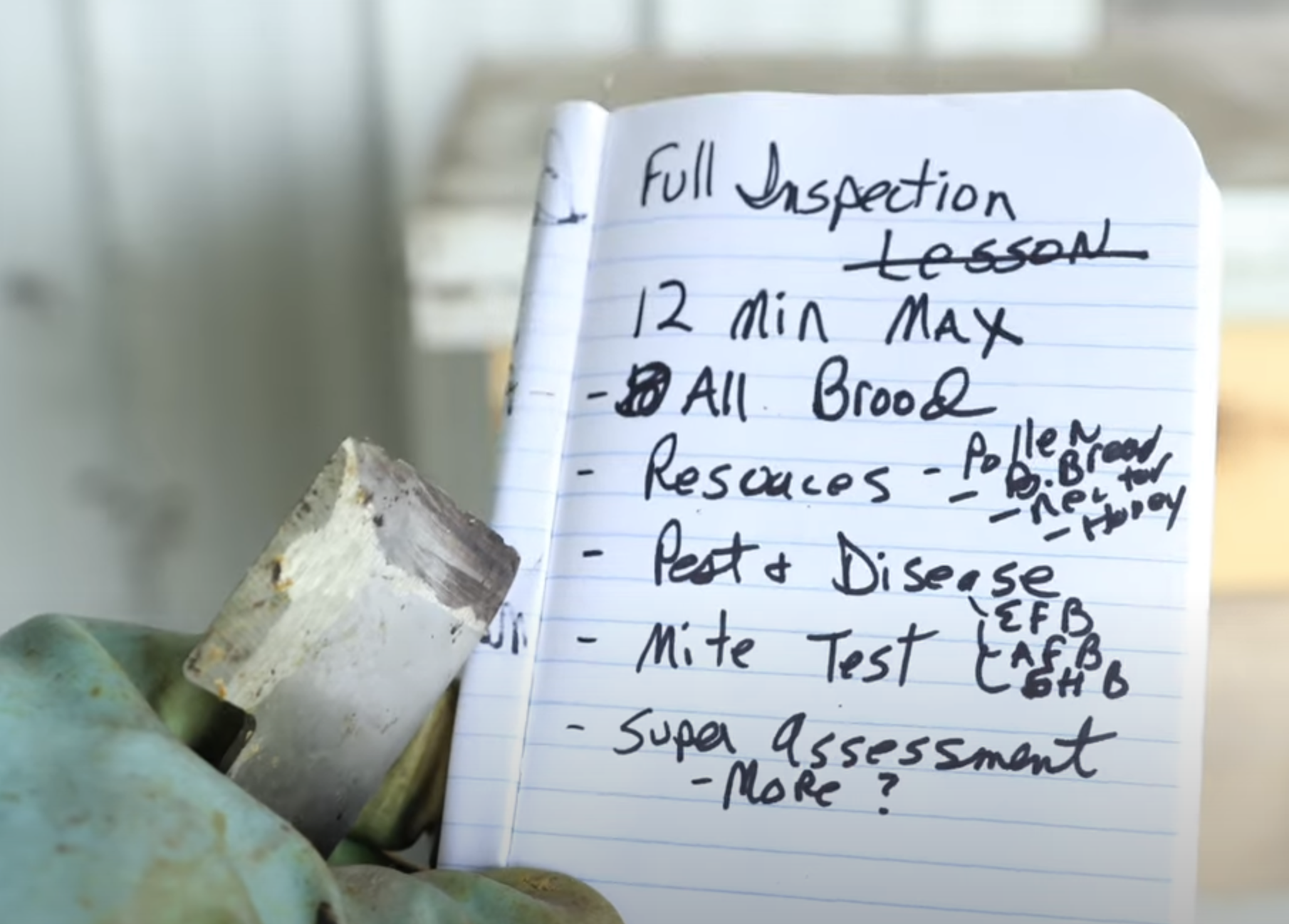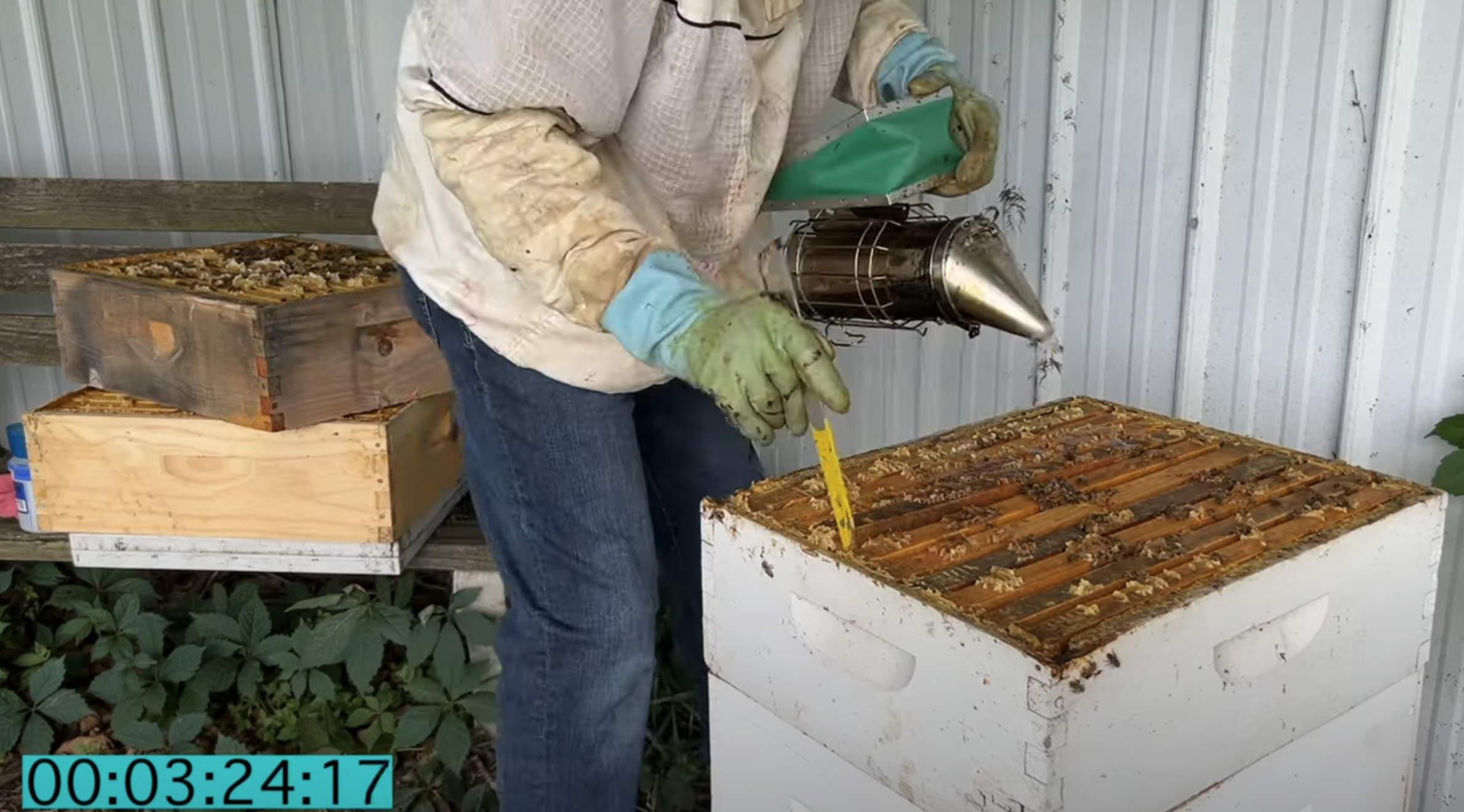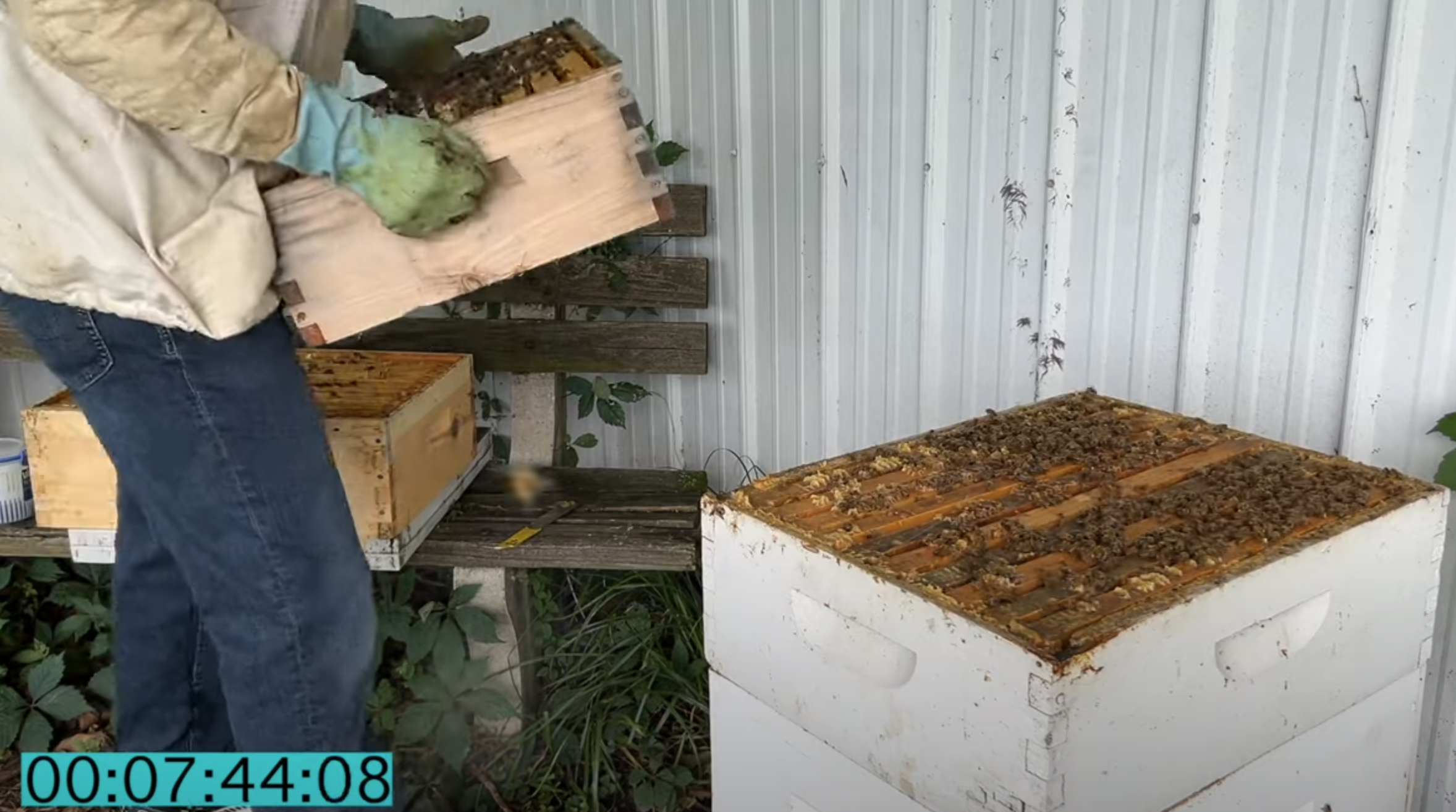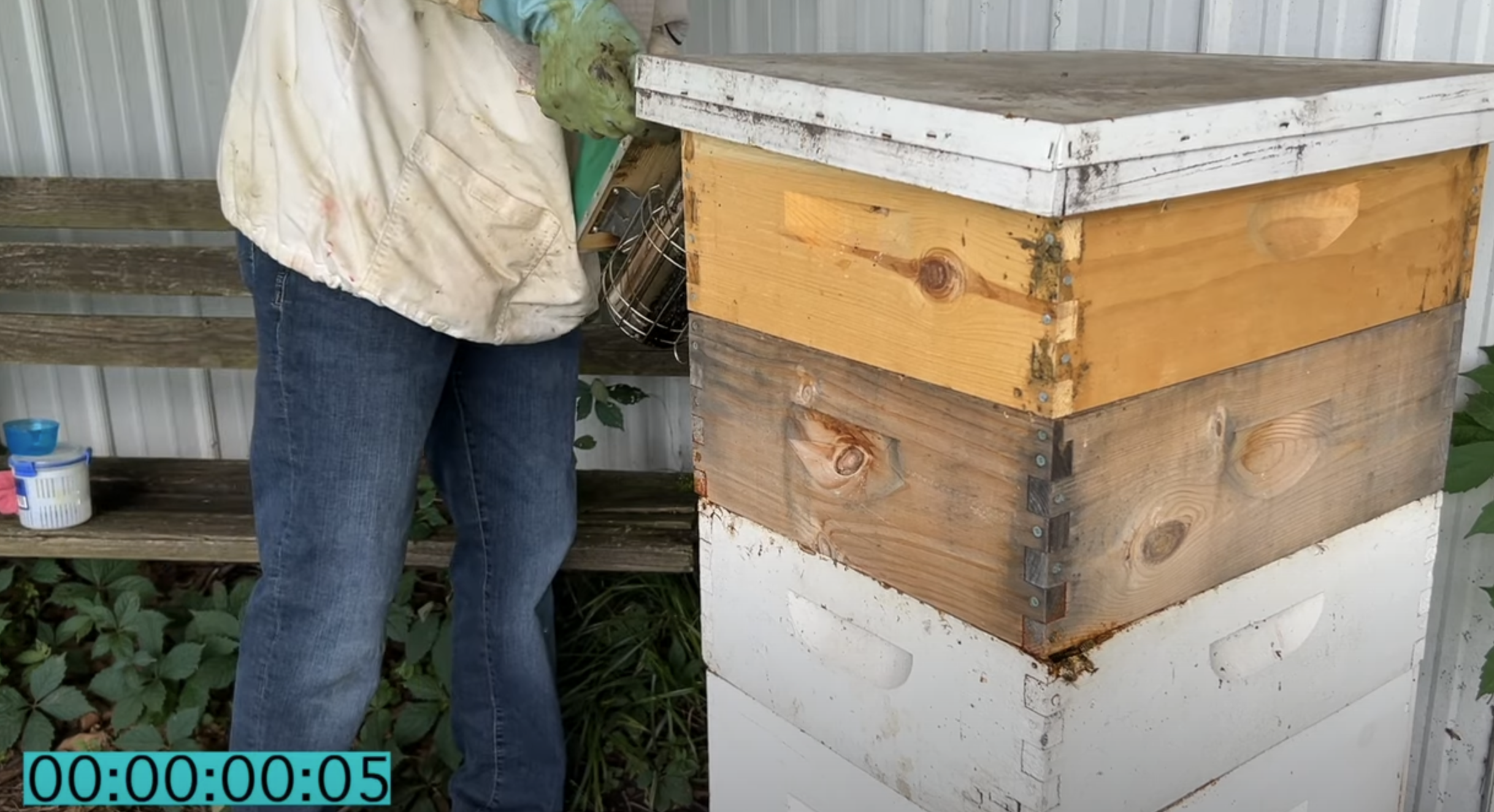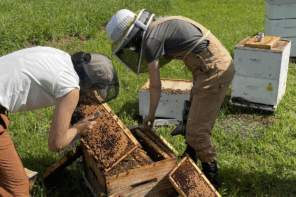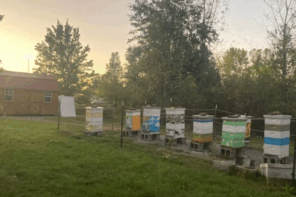By: David Burns
How long should it take to inspect a colony of bees? This is one of the most asked questions I receive on my YouTube channel. When I inquire a bit more, most new beekeepers are inspecting their bees for an hour or longer. How often should we inspect our bees? How long should an inspection take? At what point is an inspection too long? What are some ways to make the inspection go much faster?
Inspecting our bees can either be an exciting affair or a dreaded chore. It’s not so much the weather, the disposition of the bees or lifting heavy boxes that makes this determination. Rather, it’s our own mental outlook. Our inspection can either be driven by our love for bees or overshadowed by our fear and lack of confidence. Whether we love inspecting our bees or dread it, both can have a negative effect on our bees if we keep our hive open too long.
How Often Should We Inspect Our Bees?
By far new beekeepers inspect their bees much more often than an experienced beekeeper. This is mainly because a new beekeeper enjoys it so much and they are amazed to watch their bees working inside the hive. It’s the honeymoon of beekeeping. Experienced beekeepers have learned to make every inspection count and only accomplish what is necessary.
To some degree we are disturbing our bees when we inspect. How much we are disturbing them depends largely on our skills and techniques. If we are rough and clumsy, they will be very disturbed. If we are gentle and smooth they will be much less agitated. I have found that inspecting my bees every two weeks provides me with all the observations I need. For example, when I inspect my bees on the first day of the month, I’m mainly looking for eggs. How prolific is my queen. This is my quick inspection, just to observe the amount of eggs, larvae and brood. My second inspection will be around two weeks later, and this inspection is a bit more involved. I’m looking for brood again, but I’m also doing a quick check for pest and diseases and the overall appearance of resources such as honey, nectar, pollen and bee bread. I call this my 2-3-4 inspection. I’m looking for two different pests: small hive beetle and mites. Next, I’m looking for three stages of brood and finally four types of resources.
How Long Should An Inspection take?
My first inspection involves only checking for eggs. It is not necessary to find the queen because eggs standing straight up in cells indicates that she laid those eggs within the last 24 hours. As soon as I observe eggs and capped brood, I close the hive. I can always complete this inspection in less than twelve minutes. Even with honey supers on, I simply remove the entire honey supers off without observing individual honey frames. If frames are not drawn out too close to each other, I may pull out a frame in the center to quickly dive into the brood area.
During my second inspection, about two weeks later, it’s my more thorough inspection, my 2-3-4 inspection. I also observe everything I can and so I allow myself an additional three minutes maximum. Fifteen minutes is plenty of time to perform a thorough inspection.
At What Point is an Inspection Too Long?
An inspection is too long when the colony becomes agitated from being opened too long. This depends on the temperament of the colony, but usually all bees become fed up with a long inspection. It’s also too long when you become agitated because maybe you can’t find your queen or you’re trying hard to find any signs of eggs and so you might become irritated that you cannot find what you need to see. At that moment, stop and close the hive. If that inspection was not revealing, come back in ten days and reinspect. Remember, all inspections can be accomplished in less than fifteen minutes.
Ways to Make Your Inspection Faster & More Efficient
A lack of confidence and knowledge of bee biology will always prolong an inspection. If we do not know what we are looking for we will never find it no matter how long we inspect. Here’s a few pointers to speed up your inspection:
- Know exactly why you are inspecting and what you will be observing.
- Only look for one or two items of interest, not everything.
- Be wise and look at the correct frames to find what you need.
(For example, the queen is on a frame of eggs and larvae…not honey) - Avoid being distracted by a funny movement of a bee, or a new bee emerging.
- Wear enough protective gear so you will not be timid in handling your bees.
- State your intentions for the inspection beforehand and stay on task.
If you find it difficult to speed up your inspections the best approach is to gradually attempt to reduce your inspection time. If your inspections take an hour, make a point for the next inspection to only take 45 minutes, then try 30 and keep reducing your time until you reach the 15-minute mark.
A long inspection is not the worst thing in the world and our bees are very forgiving, but both you and your bees will enjoy and benefit greatly from a concise and efficient inspection. If you’d like to watch a video where I actually timed an inspection and show how to make fast inspections, visit my website at: www.honeybeesonline.com/davids-youtube-channel/
David Burns is an EAS Certified Master Beekeeper since 2010 and has been beekeeping for nearly 30 years. A life long educator, David’s passion in beekeeping is education. He has a popular YouTube channel and podcast, has authored a beekeeping book and speaks all year at beekeeping conferences, conventions and bee clubs.

